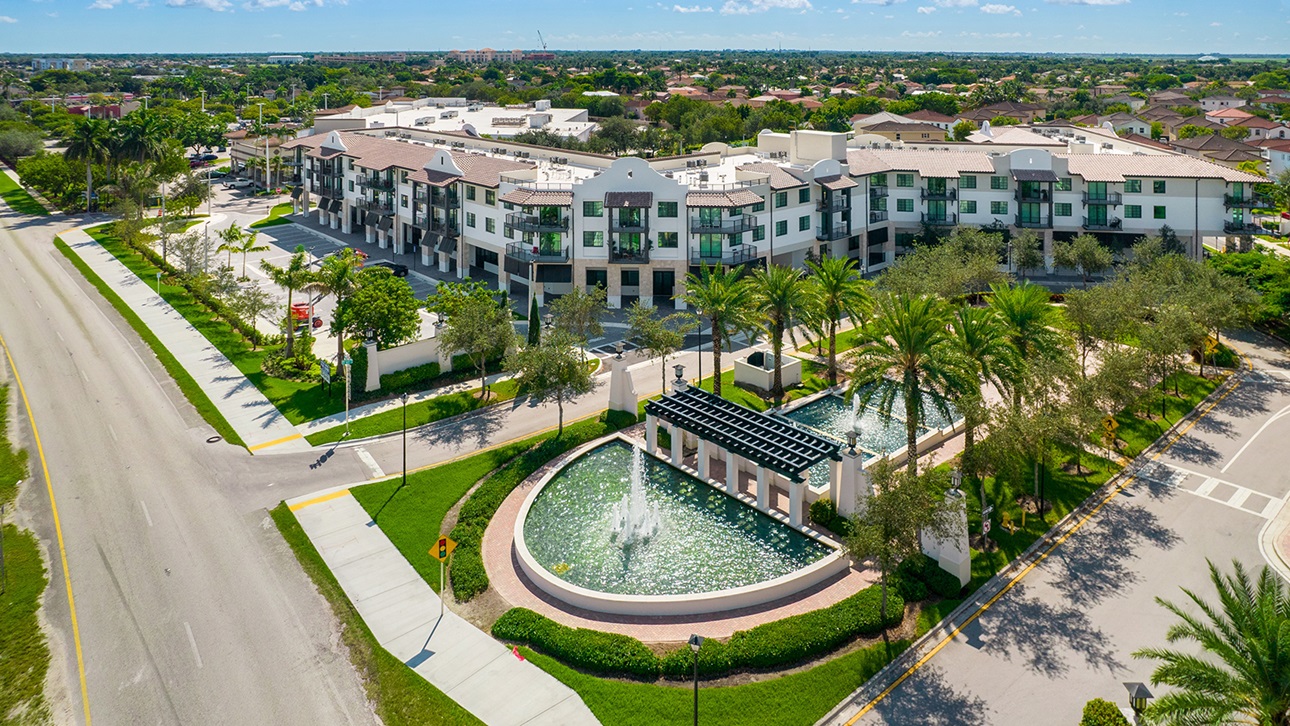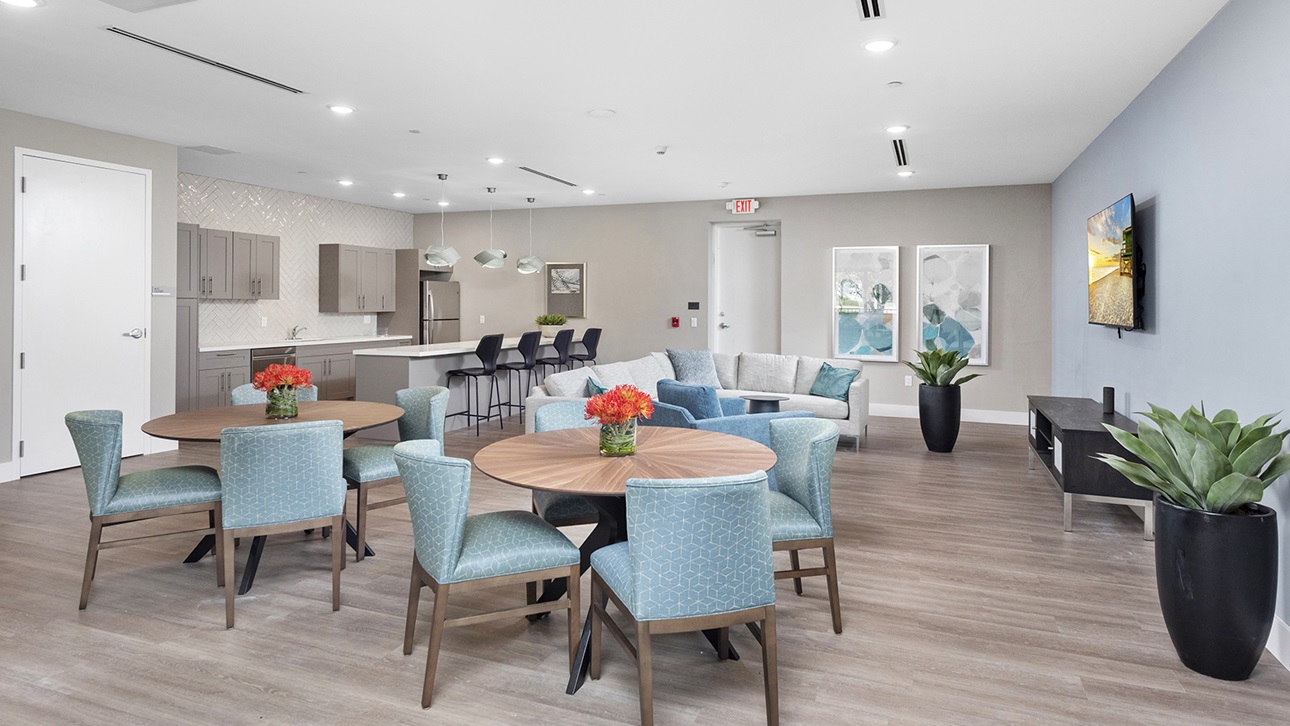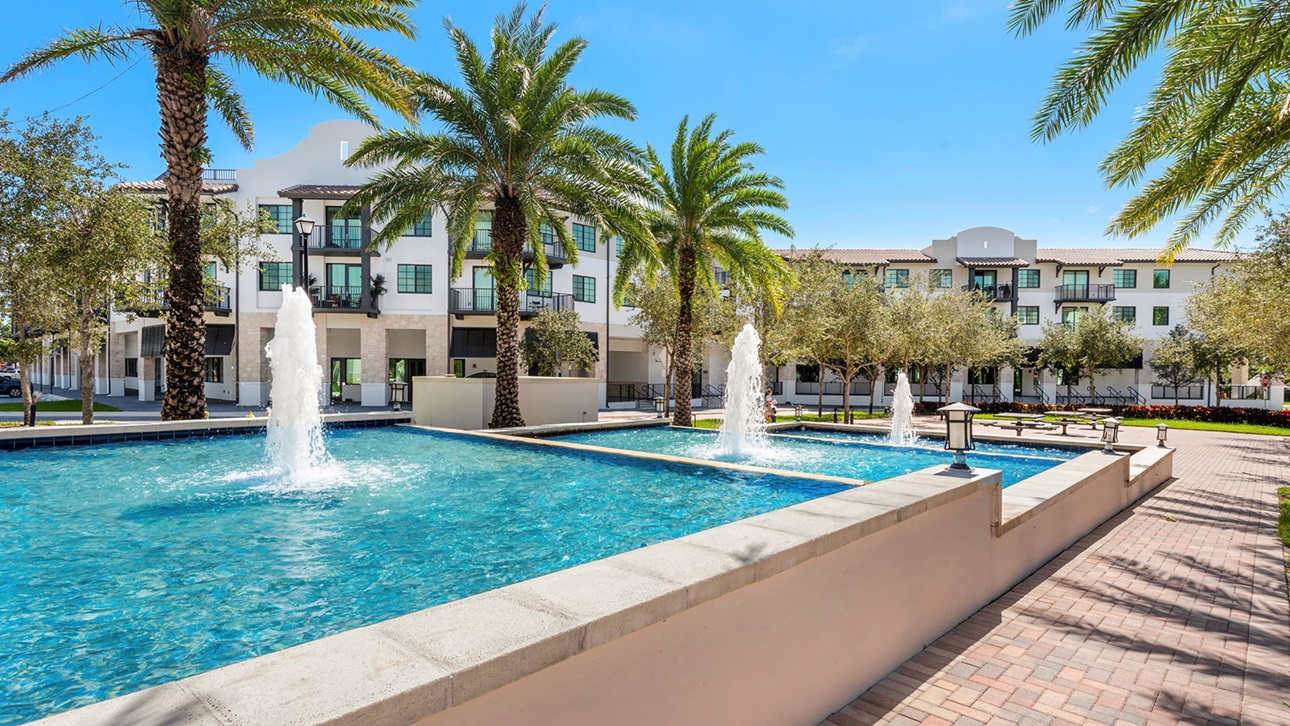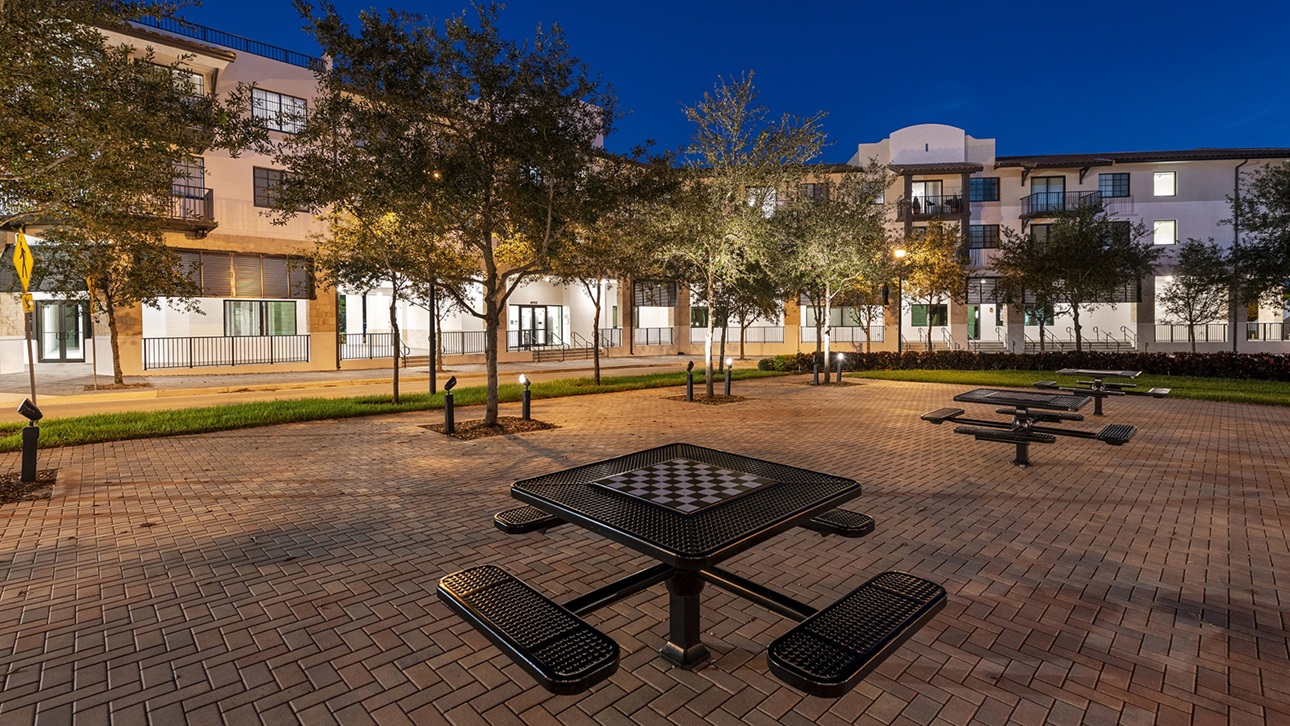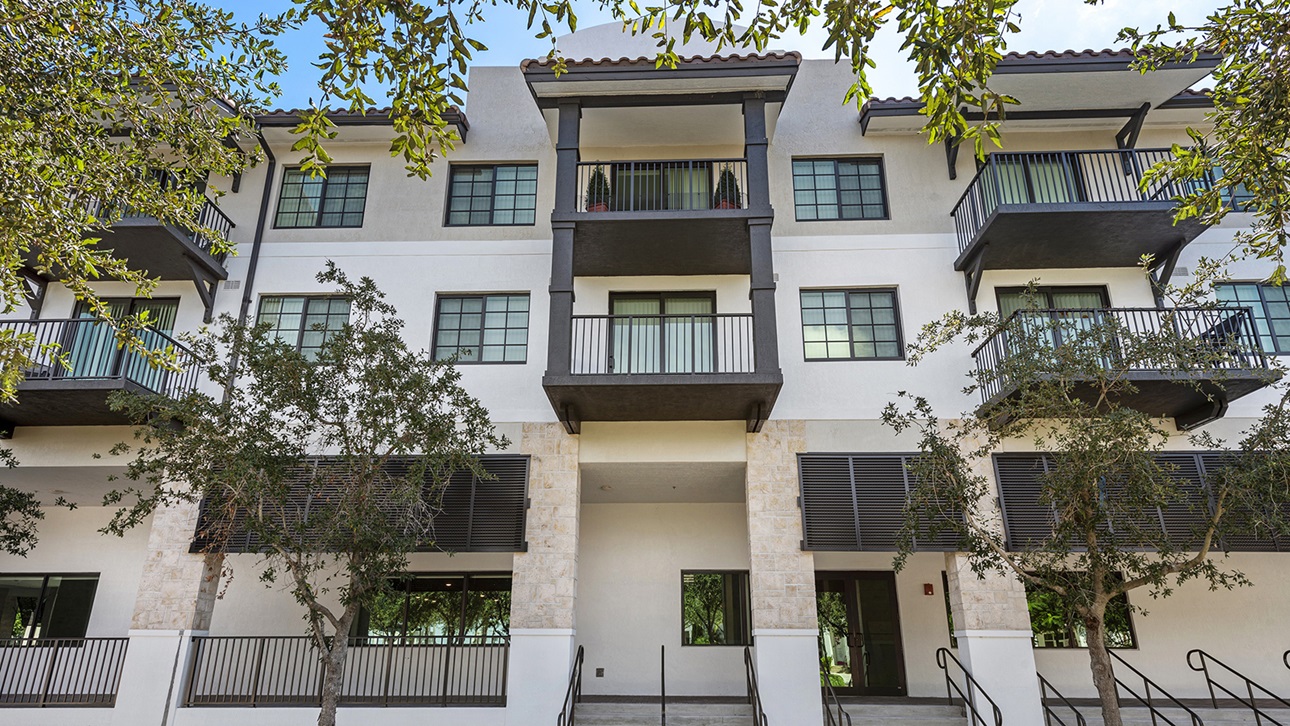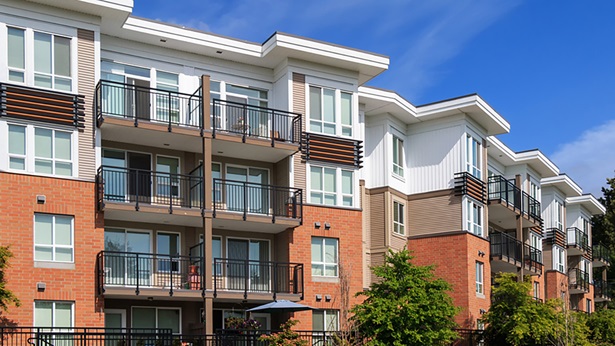Max’s Landing
WINNER: Best Affordable Apartment Community (Up to 100 Units)
Location: Miami, FL
Award Applicant: Housing Trust Group
Architect: Modis Architects
Developer: Housing Trust Group
General Contractor: Gomez Construction
Interior Designer: Stiles Interior
Photographer: Luxhunters Productions
Project Website: maxlandinghtgm.com
Project Statement
Max’s Landing is a 76-unit, garden-style community located in the West Kendall neighborhood of Miami, approximately 24 miles south of downtown. The community was designed to blend into a suburban context and conform to Miami-Dade County’s Traditional Neighborhood Development (TND) district — an ordinance adopted in 1992 that provides guidelines for new development utilizing the principles of good urban design.
Essential components include a focal center to the community and an edge; a variety of uses (office, retail, schools, etc.) and variety of dwelling types for people of all ages and incomes; walkability and proximity to public transit; streets and blocks of varying types; and civic centers or public areas.
Max’s Landing represents the only affordable housing community in this section of the county, with apartments reserved for residents earning between 30% to 80% of area median income (AMI) and monthly rents for qualifying residents ranging from $490 to $1,758.
The entrance to Max’s Landing is denoted by a dramatic fountain/water feature along a central median dotted with two parallel columns of tall palm trees which guide the resident or visitor into the community. A sidewalk and landscaped green space form the edge around the parking lot. The community itself is to the left of the water fountain, and comprises a three-story, elevatored building with 11,388 square feet of retail space on the ground floor, and residential units on the second and third floors.
The architecture is informed by French colonial, Spanish colonial and 20th century Florida styles, featuring open-air colonnades, decorative pavers, multistory porches and balconies, and canvas awnings. Building materials include a combination of poured concrete and smooth stucco systems, metals and wood trusses, stone veneer decorative wood brackets and columns, ceramic tile walls, masonry and roof tile blends.

